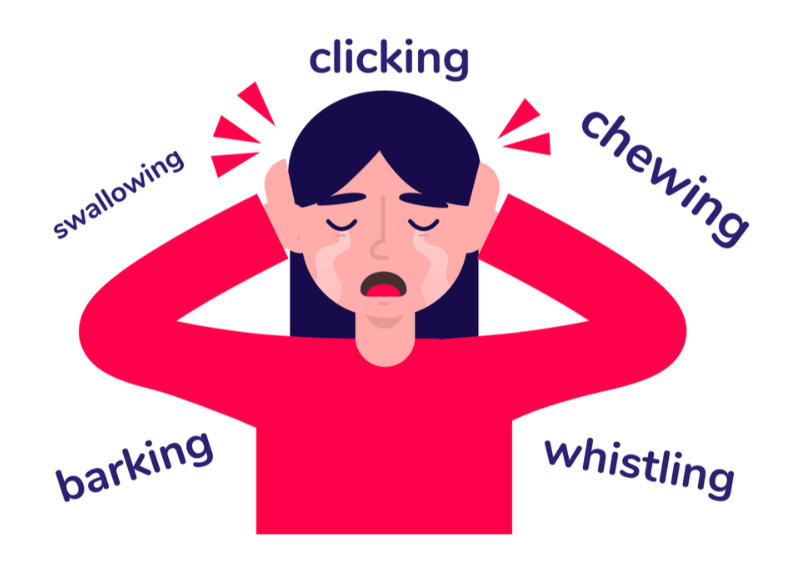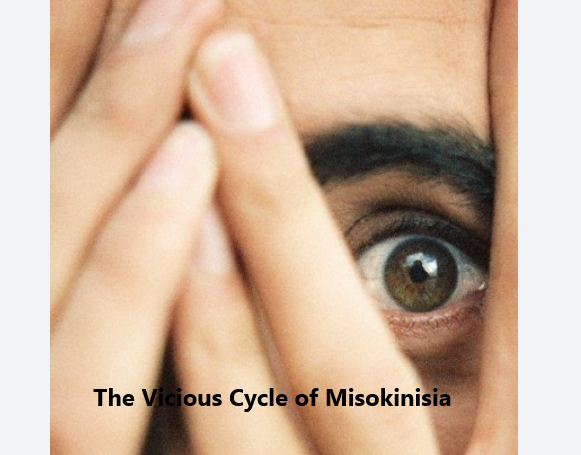A guide for overcoming OCD
Eliyahu Serkez | January 17, 2025
Obsessive-Compulsive Disorder (OCD) can be a relentless and debilitating condition, trapping individuals in a cycle of unwanted thoughts and repetitive behaviors. However, there is a therapeutic approach that has shown remarkable efficacy in helping sufferers break free from this cycle—Exposure and Response Prevention (ERP).
What is ERP (Exposure and Response Prevention)?
ERP is a type of cognitive-behavioral therapy (CBT) specifically designed to treat OCD. It involves gradually exposing individuals to the thoughts, images, and situations that trigger their obsessions, while simultaneously preventing the compulsive behaviors that they typically engage in to alleviate the anxiety. The goal is to help individuals learn that they can tolerate the distress and that their anxiety will eventually decrease without the need for compulsive actions.
I know that exposing and facing your terrible thoughts sounds horrible. You may be wondering, "Why in the world should I do this?" The answer is because the more you gradually expose yourself to what you fear, the less afraid you become, and the more your capacity to take risks increases. By confronting your fears in a controlled and supportive environment, you will find that you can tolerate the distress and your anxiety decreases over time without the need for compulsive behaviors. This, in turn, reduces OCD thoughts and sensations, leading to a significant reduction in overall anxiety levels.
Will Exposure and Response Prevention (ERP) Work for Me?
To date, ERP is the only therapy that has been proven truly effective for both OCD and anxiety. It is considered the gold standard treatment for these conditions. Research has consistently shown that ERP is one of the most effective treatments for OCD, with studies demonstrating that around 70-80% of individuals who undergo ERP experience significant reductions in their symptoms. This therapy has been endorsed by numerous mental health organizations, including the American Psychological Association and the International OCD Foundation.
Treatment success is highly correlated with the motivation to engage in therapy. I find that therapy success is closer to the 90% range if my patients start off by saying, "I am so sick of my OCD destroying my life, I am willing to do ANYTHING to learn to manage it." Motivation and conviction like that help tremendously with a successful outcome.
While ERP is a highly effective therapy, it requires individuals to step out of their comfort zones. Facing one’s fears head-on can be daunting, but the rewards are well worth the effort. In fact, I encourage you to make a list of Rewards (what kind of things you will get back if you beat your OCD) and Cost (the difficulties that come with engaging in therapy) before you take the next step and engage in therapy.
ERP offers a unique opportunity to engage with triggering situations in a way that is both liberating and demanding. As a powerful tool in combating OCD and anxiety, its proven efficacy and ability to enhance quality of life make it an invaluable option for those struggling with obsessive-compulsive behaviors. Although the process can be challenging, the potential for a more fulfilling and anxiety-free life makes the journey worth taking.
Written by Eliyahu Serkez
The Anxiety & OCD Therapy Practice
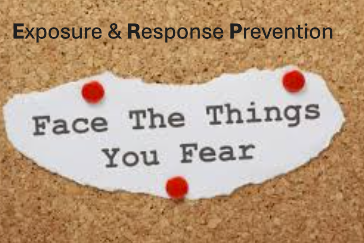
What is OCD? Obsessive-compulsive disorder (OCD) is a mental health condition that affects millions of people worldwide. It involves two key components: 1. Obsessions – Intrusive, repetitive and unwanted thoughts, images, or urges that cause significant distress. 2. Compulsions – Repetitive behaviors or mental acts performed to reduce the distress caused by obsessions or to prevent a feared event. For example, someone with OCD may fear that they will get sick from germs (obsession) and compulsively wash their hands for hours each day (compulsion) to relieve their anxiety. While compulsions may provide short-term relief, they ultimately make OCD worse, strengthening the cycle over time. How the Vicious Cycle of OCD Begins and Continues The Natural Response to Pain To understand why OCD is so persistent, it helps to compare it to physical pain. Imagine touching a hot stove—your instinctive reaction is to pull your hand away. This response is automatic and protective, helping you avoid harm. Similarly, when people with OCD experience distressing thoughts, they instinctively try to "pull away" from them by performing compulsions. However, unlike touching a hot stove, where avoiding the heat prevents injury, avoiding distressing thoughts through compulsions only strengthens the cycle. The thoughts always come back… The Brain’s Role in Reinforcing OCD OCD tricks the brain into thinking that avoidance is necessary for safety. Two key mechanisms drive this process: 1. Avoidance reinforces the perception of danger – When we repeatedly avoid something, our brain starts to categorize it as dangerous. We don’t avoid things unless they pose a real threat, right? The brain applies the same logic to OCD thoughts, reinforcing the false belief that they are dangerous and must be avoided. 2. Increased sensitivity to triggers – Once the brain labels something as dangerous, it becomes hyper-aware of it. The more an individual avoids or reacts to an obsession, the stronger and more distressing it becomes over time.
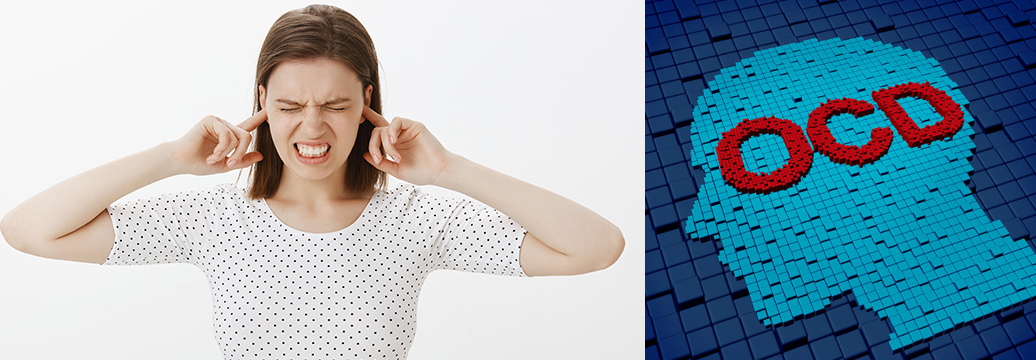
Is misophonia a type of OCD, and can ERP (Exposure and Response Prevention) help? While misophonia and OCD share similarities—such as distressing triggers and compulsive responses—their core emotional drivers differ. OCD is rooted in fear of future consequences, while misophonia stems from frustration with present discomfort. Understanding these distinctions is key to effective treatment. Learn why ERP may not be the best approach for misophonia and explore alternative therapies like EASE (Experiential Acceptance and Stimulus Engagement) for lasting relief.
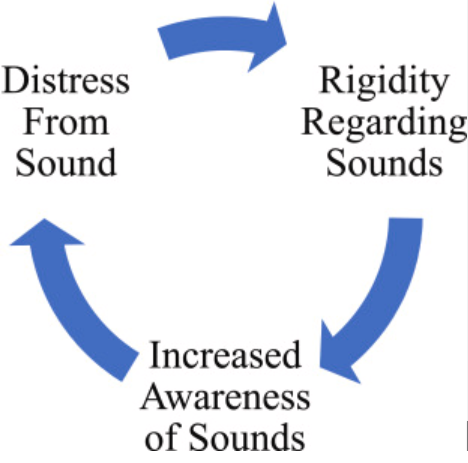
Misophonia creates a vicious cycle of avoidance and heightened sensitivity to sound. Learn why traditional coping methods fail and why misophonia seems to get worse with time. Discover how EASE therapy can break this cycle, offering lasting relief. Understand how misophonia affects the brain and find hope in overcoming sound triggers for a more peaceful life.
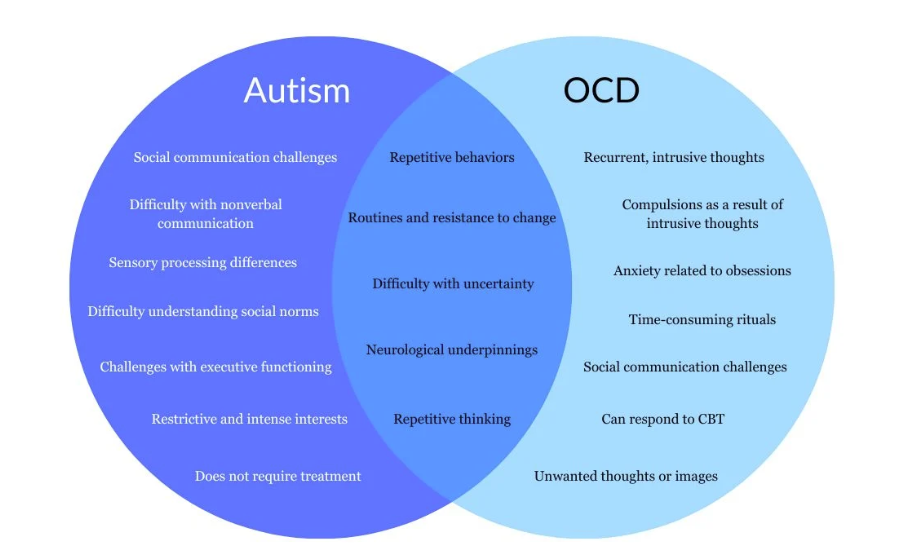
Understanding the Unique Challenges of Treating Comorbid OCD and ASD (Autism Spectrum Disorder) with ERP. Understanding the differences between OCD and autism.
Explore the unique challenges of treating comorbid OCD and ASD with Exposure and Response prevention. Learn how rigid thinking in ASD affects treatment and how adapting ERP can improve flexibility and reduce distress.

Learn about the self-perpetuating cycle of anxiety and OCD, where intrusive thoughts lead to compulsions that reinforce fear - keeping people trapped with their thoughts. Learn how why the OCD thoughts keep coming back. Exposure and Response Prevention (ERP) therapy disrupts this cycle by helping individuals face their anxiety without engaging in compulsive behaviors, offering effective relief and long-term management strategies for both anxiety and OCD.
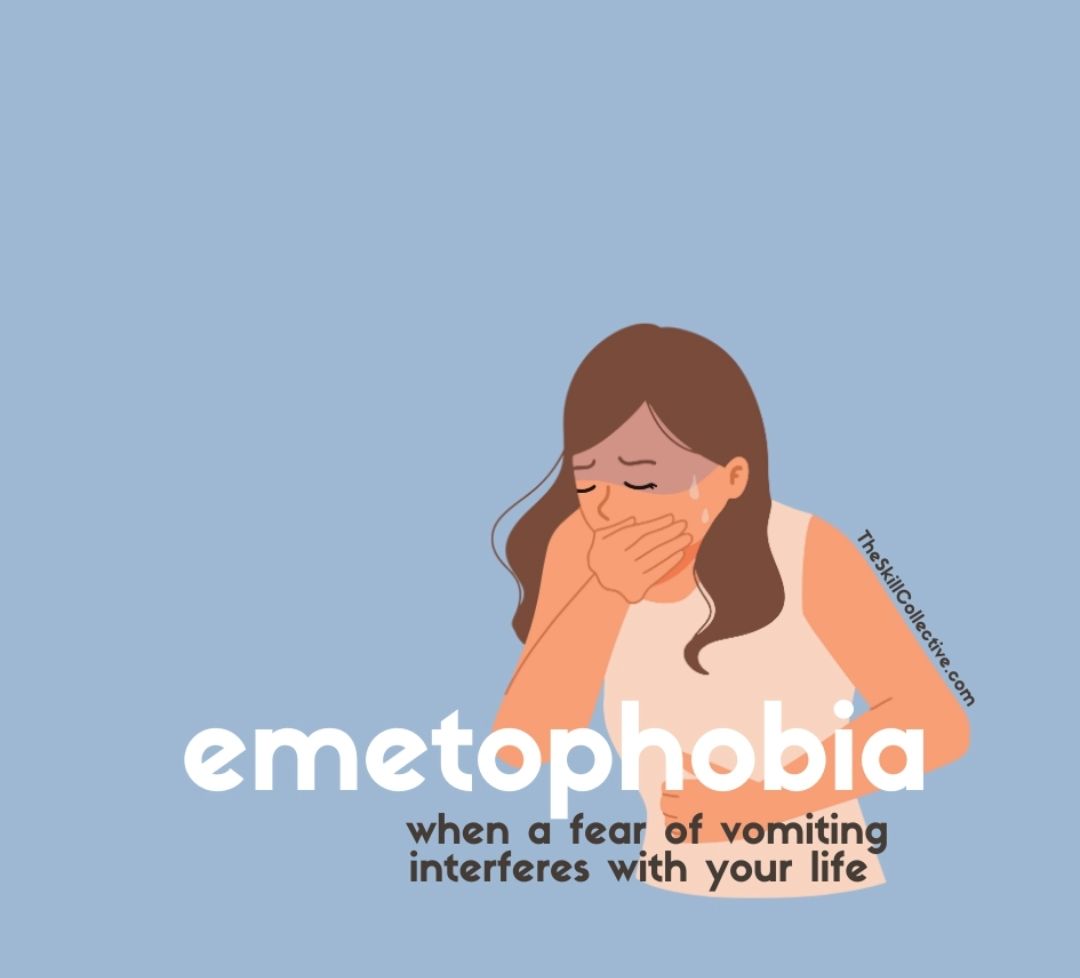
Learn about the link between emetophobia and OCD, including common symptoms and how Exposure and Response Prevention (ERP) therapy can be used to treat both. This structured approach helps individuals confront their fear of vomiting gradually, reducing anxiety and improving quality of life. Learn how therapy treatment for emetophobia works.

